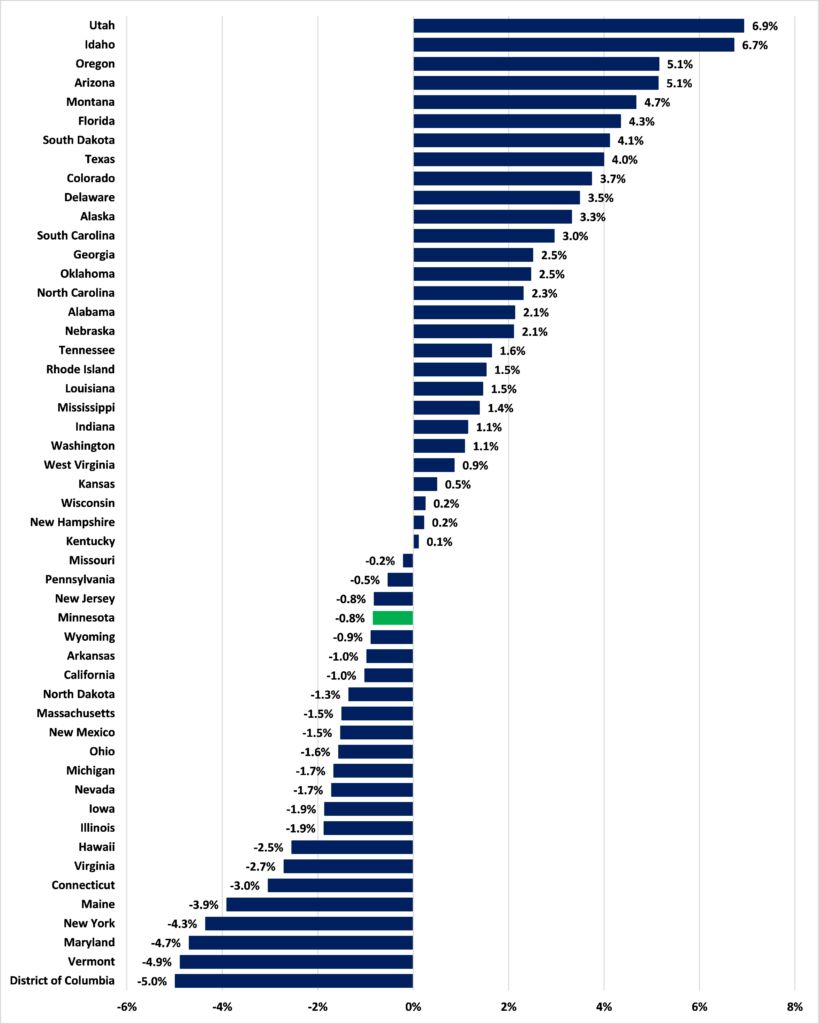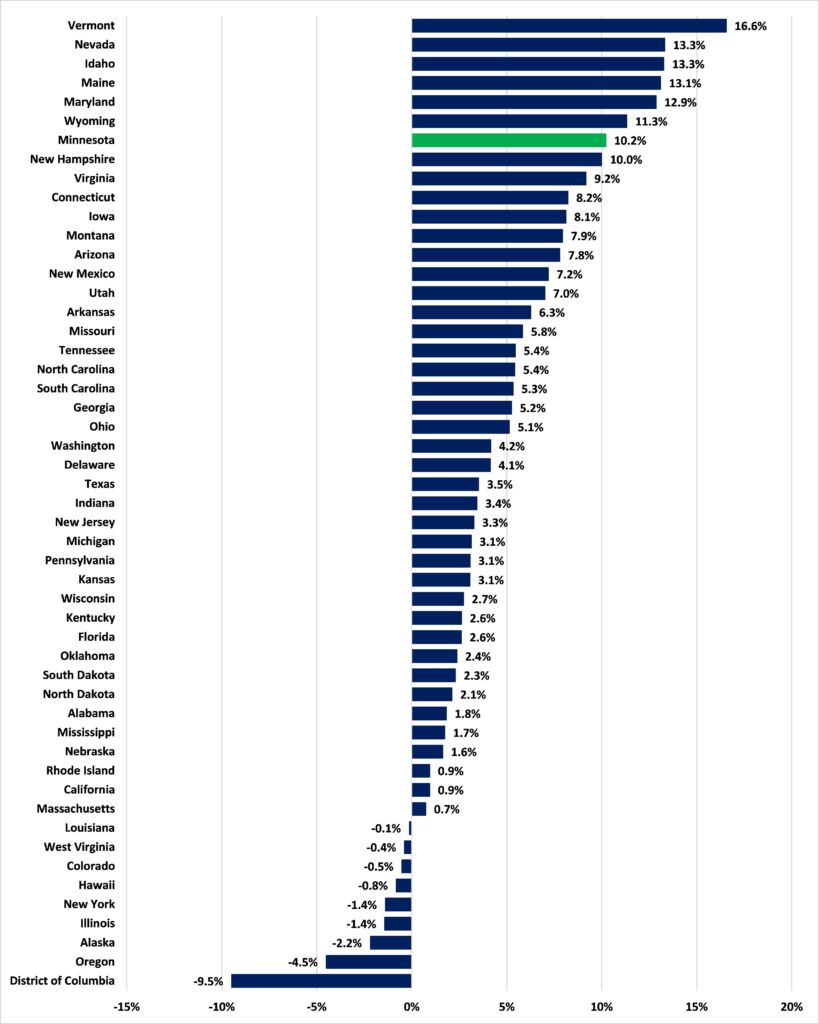18,500 fewer Minnesotans were employed in September than in June
Last week I submitted an op-ed to two of the state’s major opinion platforms correcting some of the egregiously false statements made recently about Minnesota’s economy. Both declined to run it, citing the upcoming election. The post below is an expansion of part of that op-ed.
Minnesota’s economy has shrunk for the last two quarters for which we have data, the first and second quarters of 2022. Until recently, two quarters of declining GDP would have been called a recession, but not anymore. Those who deny that the United States — and Minnesota — were in recession in the first half of this year, point to the labor market.
On October 21, Lt. Gov. Flanagan tweeted:
The following day, Gov. Walz tweeted:
But the unemployment rate is a statistic of limited importance on its own. It tells you what share of those in the labor force are unemployed and looking for work. If you give up looking, you are no longer counted as part of the labor force and cease to count towards the unemployment rate.
As I’ve written recently, that is what has happened in Minnesota.
Bureau of Labor Statistics numbers show that out of the 50 states and District of Columbia, no jurisdiction saw its number of people unemployed fall by more than Minnesota from February 2020 — the pre-pandemic peak for employment in the United States — to September 2022, with a decline of 49.8%. But our state is also one of 23 out of 51 jurisdictions which had fewer people employed in September 2022 than it did in February 2020, by 0.8%, as Figure 1 shows.
Figure 1: Change in number of people employed, February 2020 to September 2022

Where have all those unemployed people gone? Out of the labor force. The number of Minnesotans not in the labor force was 10.2% higher — 133,000 people — in September 2022 than it was in February 2020, as Figure 2 shows. This is the seventh largest increase in the United States. Minnesota’s low unemployment rate is driven by people leaving the workforce.
Figure 2: Change in number of people not in the labor force, February 2020 to September 2022

As I’ve explained previously, the number of new jobs — which Lt. Gov. Flanagan cites — is not necessarily the same as the number of people newly employed. As Figure 3 shows, while the number of jobs in Minnesota increased by 22,500 from June to September 2022, the number of people employed fell by 18,528. Indeed, Minnesota is one of 27 of 51 jurisdictions where the number of people employed fell from June to September 2022, a fall worse in percentage terms than in 45 other states. That is why our participation rate fell from 67.3% in June to 66.7% in September while the number of jobs increased.
Figure 3: Number of jobs and number of people employed in Minnesota

Fewer Minnesotans are working but are taking more jobs to make ends meet. Our state’s labor market is not a success story.